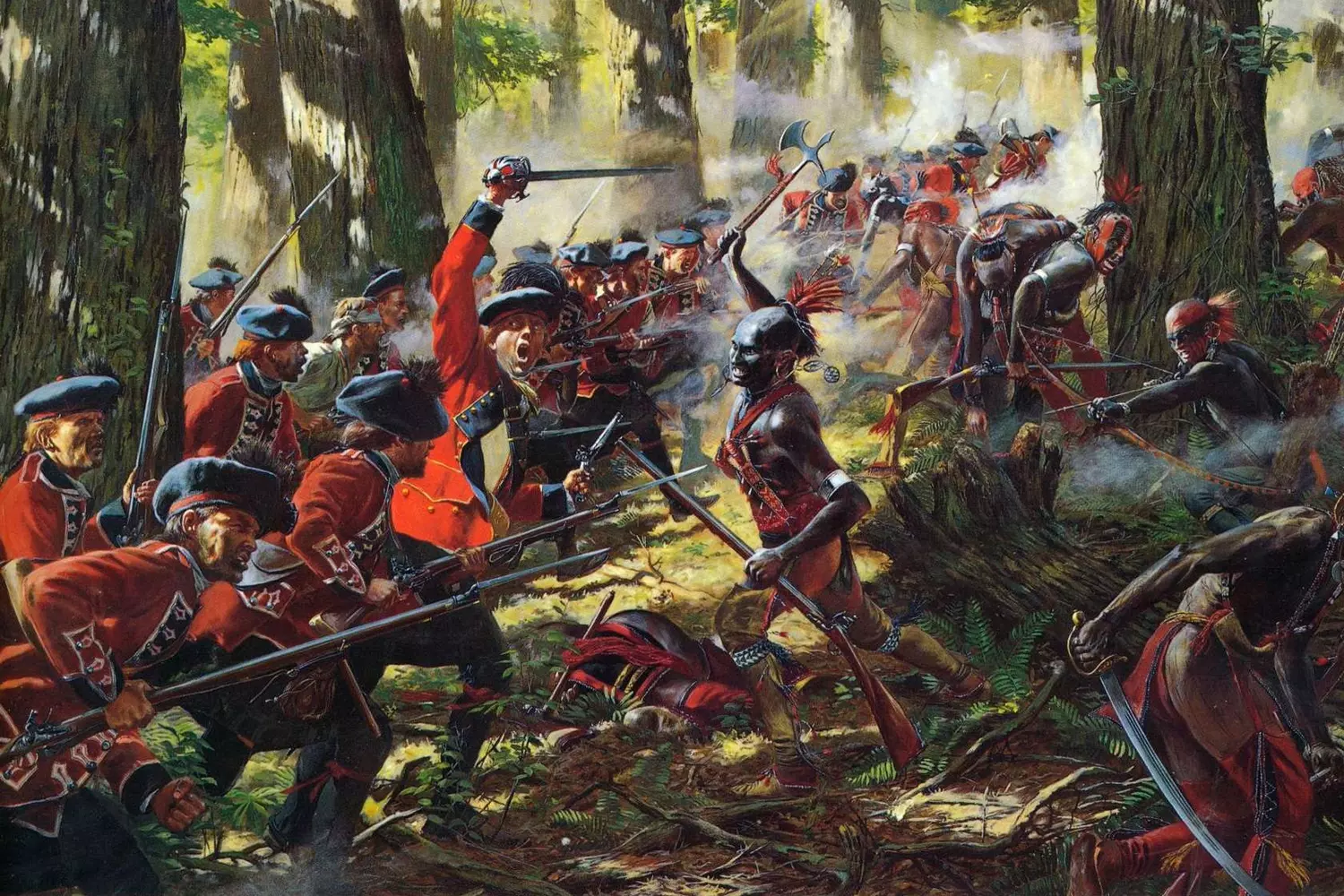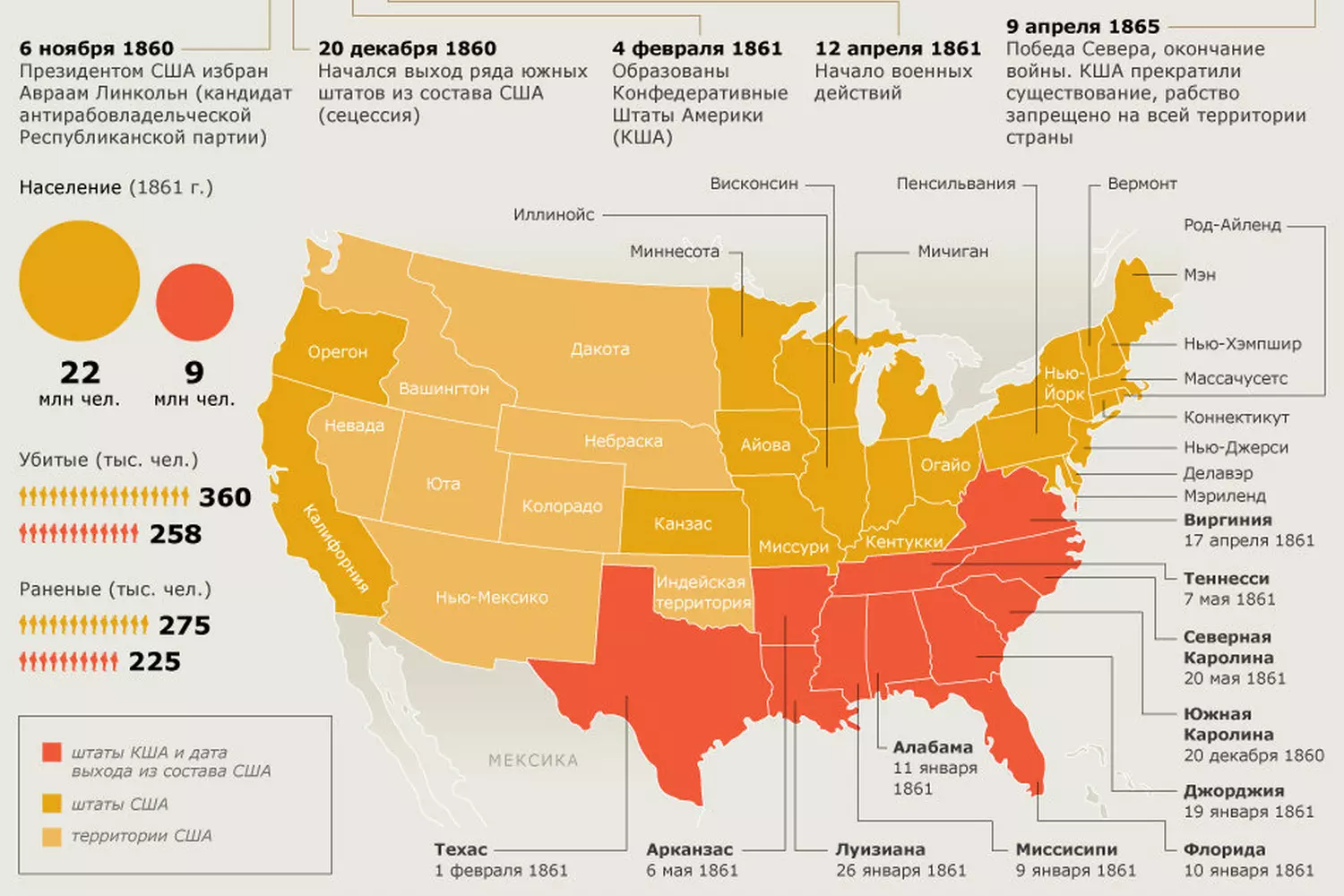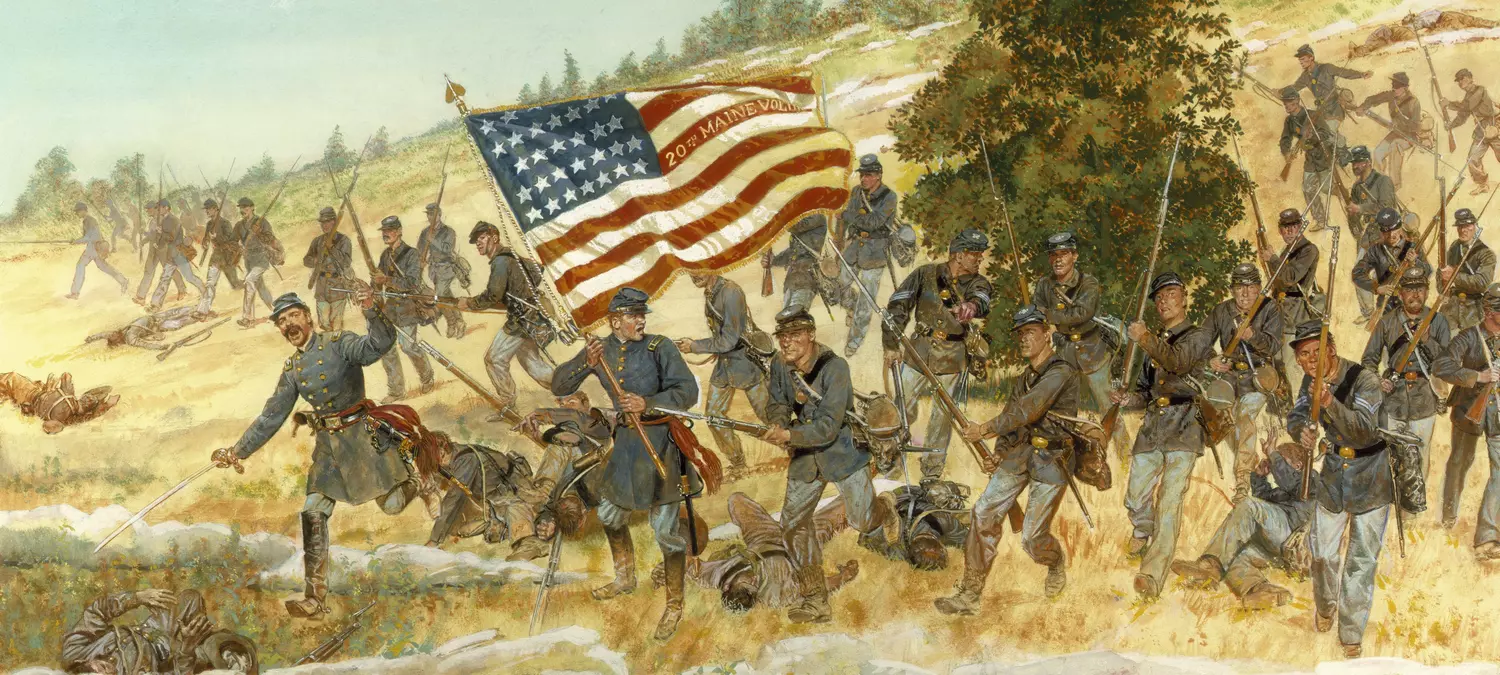Who fought and why?
Studying military history can often feel boring and pointless. However, we aim to present the information clearly and concisely. We quickly forget about negative events, especially when they don't directly affect us. But no war starts without reason or ends without consequence, making it essential to understand the mistakes and lessons of the past. We strive to keep the information brief, clear, and useful.
For instance, in this material, we succinctly explain the essence of the Civil War in the USA — who fought and why, what was achieved, and how these events have shaped the present. Only the essential facts, so you can understand the mechanisms of history and impress your friends with your knowledge: read the article to learn why Southerners are still disliked, what Americans fought over, and what Lincoln sacrificed for the freedom of African Americans.

Why the North and South clashed
By 1860, the USA had formed two distinct economic and cultural zones: industry and bourgeoisie were concentrated in the North, while the South remained agricultural and reliant on slavery. Both regions were generally content with their situations but had several points of contention.
- 01.Northern and Southern territories had different import tax rates, complicating trade. The capitalist North had higher taxes to support local industry, which the South opposed.
- 02.The newly elected Republican President, Abraham Lincoln, promoted the Homestead Act, granting free land in the West to settlers from the East. This hindered the South's ability to expand its territories and wealth.
- 03.Northerners opposed slavery (officially banned in their states) and advocated for technological development, while the South relied on slaves for its agricultural output. There was a labor shortage as Americans moved to the more developed North, and Southerners viewed slaves as indispensable.
- 04.Each new state faced a dilemma: the South wanted more territories, but the government preferred integrating states into the North's socio-economic policies.
As a result, in 1861, 11 agricultural Southern states seceded and formed the Confederacy, adopting their own constitution and electing Jefferson Davis as their leader. The Union did not recognize the Confederacy's sovereignty.
On April 12, 1861, Southerners attacked Charleston Harbor, bombarding it for over a day. Lincoln declared a blockade of the rebellious Southern states, assembled a volunteer (and later a regular) army, and launched large-scale military actions with the primary goals of preserving the Union and abolishing slavery.

The forces and outcome
The North and South were vastly different in resources and capabilities. A snapshot of the situation at the time:
USA:
- Population: 22 million
- Territory: 23 states — 60% of the land
CSA (Confederacy):
- Population: 9.1 million + 4 million African slaves
- Territory: 11 states — 40% of the land
The North possessed most industrial and transportation hubs, including over 70% of the nation's railroads. Despite the apparent advantage, the Union did not immediately dominate the battles. Intense fighting occurred along state borders, making the Civil War the bloodiest conflict in American history.
The South was defeated after four years of conflict, with combined casualties of nearly 500,000 in the North and around 400,000 in the South. The US government's war expenditures exceeded $3 billion.

Impact and significant events
During the war, in late 1862, Lincoln issued the Emancipation Proclamation, freeing all African American slaves as of January 1, 1863. Former slaves could enlist in the Union army, with nearly 200,000 African Americans joining, including 150,000 ex-slaves. This was a significant first step.
From 1863, the USA established a regular army, a practice that proved crucial in World War I, making the American military one of the most prepared for prolonged warfare.
The most notable outcome of the Civil War was the abolition of slavery. The 13th Amendment to the Constitution, ratified in 1865, officially banned slavery and forced labor. While not immediately solving all social issues, it was a critical step toward equal rights and integration of the African American population.

The End of the War
President Abraham Lincoln was assassinated on April 9, 1865, by John Wilkes Booth, a supporter of the Southern cause. Lincoln's funeral train traveled across America for 2.5 weeks, cementing his legacy as a national hero and liberator.
From 1865 to 1877, the Reconstruction of the South involved re-integrating Southern states into the Union and reforming their socio-economic structures. This period laid the groundwork for industrial development, international trade, and social equality in America.
In history, no detail is unimportant, and American Butler specialists know this well. For years, we have been crafting the best tours across the USA, tailored to your preferences. We also help new residents adapt to American culture.
For any questions or suggestions, you can find answers in our materials or in the chat window.


































